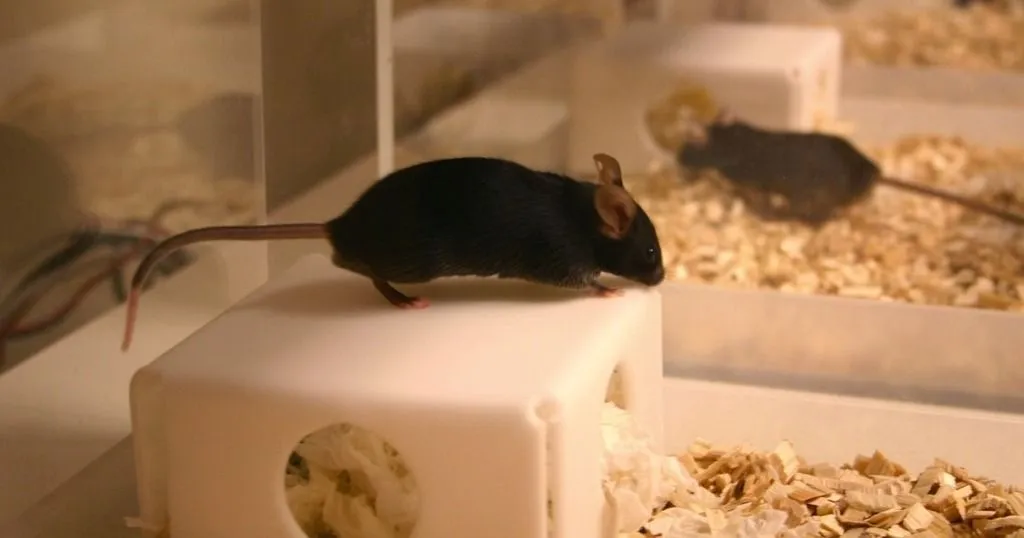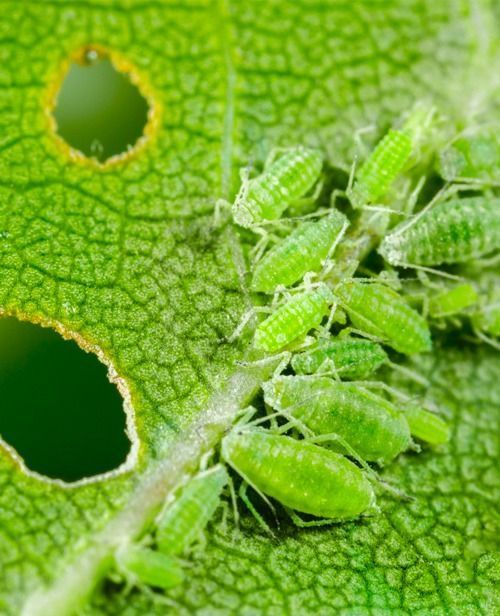The circle is complete: Mites, trichomes, walking speed and EthoVision XT
In my previous life as Entomologist, I was a pioneer in video tracking with extremely small creatures. I worked with mites, which are about 0.5 mm in size. In fact, I was an overall pioneer in video tracking.
Posted by
Published on
Tue 02 Aug. 2022
Topics
| EthoVision XT | Insects | Mites |
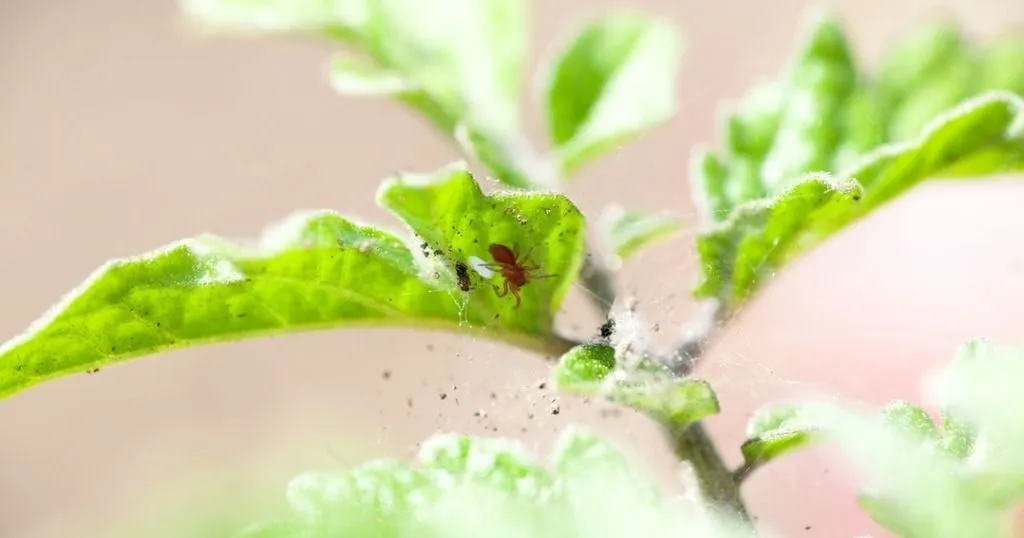
In my previous life as Entomologist, in the ‘90s of the previous century, I was a pioneer in video tracking with extremely small creatures. I worked with mites, which are about 0.5 mm in size. In fact, I was an overall pioneer in video tracking, I worked with one of the first versions of EthoVision.
The application was running on DOS, which was a challenge in itself. But, that challenge was negligible compared to detecting the tiny mites on leaf discs that had all sorts of shadows and reflections from plant nerves and trichomes. However, somehow I managed, and one of my first publications was on the effect of trichomes on the walking speed of predatory mites, in relation to host plant resistance to spider mites, their prey. [1]
The same topic, 25 years later
Now, 25 years later, after having been a Noldus employee for almost 13 years, I am writing a blog on the research by Patrice Jacob Savi and his colleagues about trichomes, host plant resistance, walking speed, mites, and EthoVision XT [2]. This makes my circle complete.
Patrice Jacob Savi showed that the walking speed and mobility of the red tomato spider mite drastically goes down on tomato genotypes with a high density of glandular trichomes. Also, these genotypes are highly resistant to the spider mites. This is very promising for plant breeding for resistance to the red tomato spider mite, which is serious pest species on tomato.
How life has become easier
So has nothing changed over the past 25 years? On the contrary, life of an Entomologist has become so much easier with EthoVision XT. Firstly, the application now has much better methods to distinguish the animal from the background. So the struggle that I had to detect the mites is solved.
Secondly, the camera quality has increased dramatically. This means that you can record a much larger surface area, which gives the possibility to scale up your research. It is now possible to run 300 video tracking trials with insects simultaneously. Check out how that works here: https://noldus.com/entolab
References
- Krips, O., Kleijn, P., Willems, P. et al. Leaf hairs influence searching efficiency and predation rate of the predatory mite Phytoseiulus persimilis (Acari: Phytoseiidae). Exp Appl Acarol23, 119–131 (1999). https://doi.org/10.1023/A:1006098410165
- Savi, P.J., de Moraes, G.J., Carvalho, R.F. et al. Bottom-up effects of breeding tomato genotypes on behavioural responses and performance of Tetranychus evansi population. J Pest Sci95, 1287–1301 (2022). https://doi.org/10.1007/s10340-021-01437-5
Related Posts
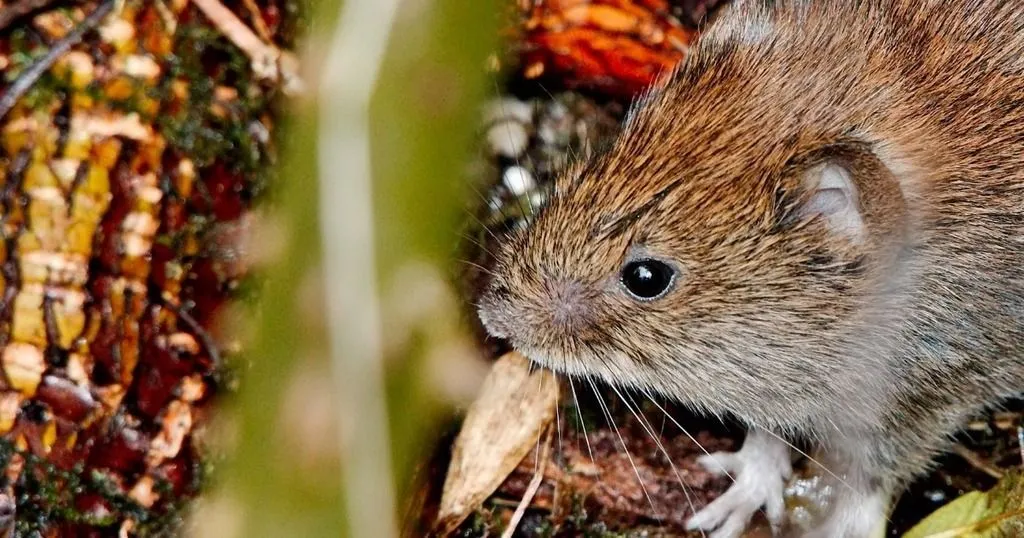
Father’s genes affect their offspring’s future success
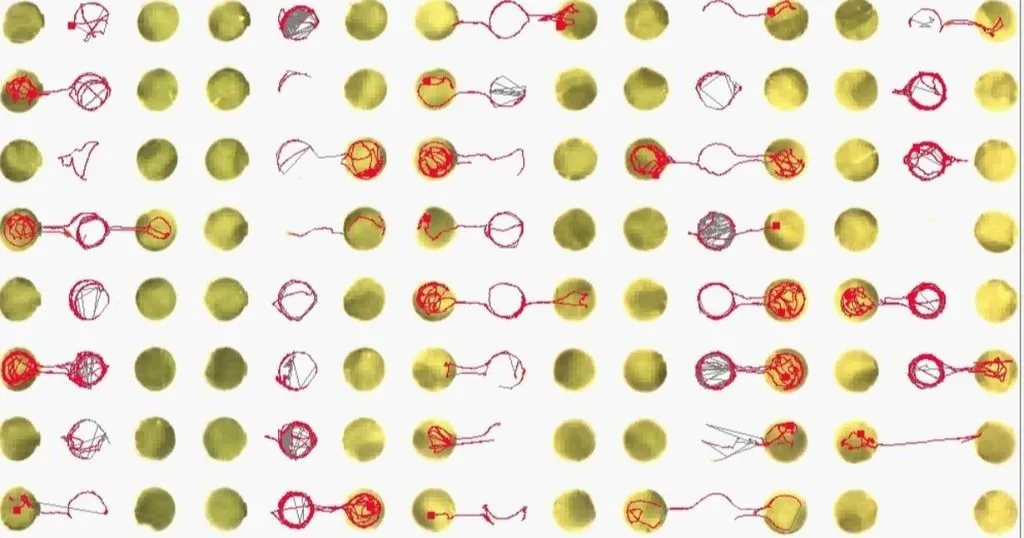
Screening insecticides for efficacy or tolerance
